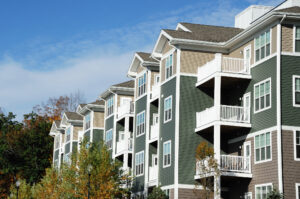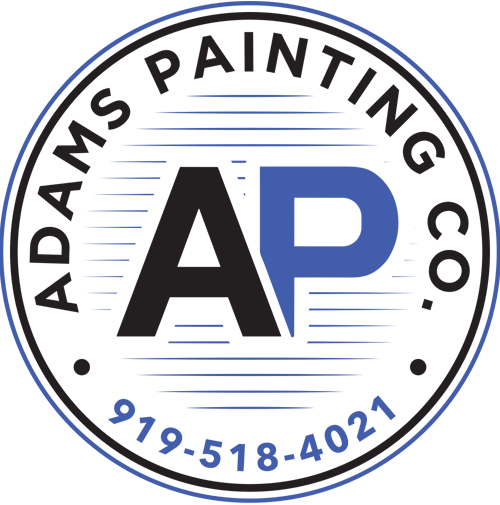When it comes to exterior commercial painting in Raleigh, NC, timing really is everything. The difference between a flawless, long-lasting finish and one that peels or fades prematurely often comes down to something as simple—and as unpredictable—as the weather. We know that selecting the right temperature and conditions can make or break a job. That’s why we’re sharing what business owners need to know about choosing the ideal weather window for exterior painting projects.
Why Weather Conditions Matter
 Paint is more than just color—it’s a chemical process. As it dries, exterior paint cures to form a protective film that guards your building against moisture, UV rays, and everyday wear. But that curing process is highly sensitive to weather conditions.
Paint is more than just color—it’s a chemical process. As it dries, exterior paint cures to form a protective film that guards your building against moisture, UV rays, and everyday wear. But that curing process is highly sensitive to weather conditions.
When it’s too cold—especially below 50°F—it can thicken during application, dry slowly, and fail to adhere properly. This can lead to cracking, inconsistent finishes, or a compromised bond that doesn’t last. On the flip side, temperatures above 85°F (particularly in direct sunlight) can cause paint to dry too quickly. This rapid drying can trap brush marks, weaken adhesion, and even result in blistering—especially if the surface temperature climbs above 100°F. In Raleigh, that kind of heat can sneak up quickly, even on days that don’t feel extreme.
That’s why we plan around more than just our schedules—we plan around the forecast to ensure a smooth application and a finish that lasts.
Ideal Temperature Ranges for Commercial Painting in Raleigh, NC
For most commercial exterior coating products, the best temperature range falls between 50°F and 85°F. Latex and acrylic paints, which are commonly used for exteriors due to their flexibility and durability, tend to perform best between 60°F and 80°F. Oil-based products offer a bit more flexibility in temperature range—typically from about 45°F to 90°F—but even they can suffer in extreme conditions.
Don’t Forget About Humidity and Dew Point
Moisture in the air plays a major role in how well exterior finishes adhere and cure. High humidity can dramatically slow drying time and encourage mildew or bubbling under the surface. Ideally, you want the humidity to be below 60% for the best results. Dew point matters too. Surfaces should always be at least five degrees warmer than the dew point to avoid moisture forming during or after application. And rain? That needs to stay out of the forecast for at least 24 to 48 hours after the job is done to ensure proper curing.
Raleigh’s Seasonal Sweet Spots
Here in Raleigh, weather patterns vary dramatically from season to season, so choosing the right time for a project makes a big difference. Spring and fall typically offer the most reliable conditions—moderate daytime temperatures, lower humidity, and fewer storms. Summer brings long daylight hours but also high humidity and the ever-present threat of afternoon thunderstorms. If you’re scheduling exterior work in the summer, early mornings are often best. Winter projects are possible during milder stretches, but shortened daylight and colder mornings mean we plan those projects with extra caution.
How We Plan for Success
We use our deep understanding of Raleigh’s seasonal rhythms to plan every exterior job with care. We monitor forecasts closely, track dew points and humidity, and make product selections that match the job’s needs and timing. Our teams schedule work to take advantage of the best parts of the day—usually mid-morning through early afternoon—when temperatures are steady, and the chance of condensation is minimal. From surface prep to final coat, we take every step seriously to ensure quality results that last.
Ready to Get Started?
If you’re in need of commercial painting in Raleigh, NC, the best time to start is when the weather is on your side—and when the right team is by your side. We have the tools, the team, and the experience to deliver top-tier results, no matter the season. Contact us to schedule a consultation, and we’ll make sure your property looks great—and stays protected—for years to come.
